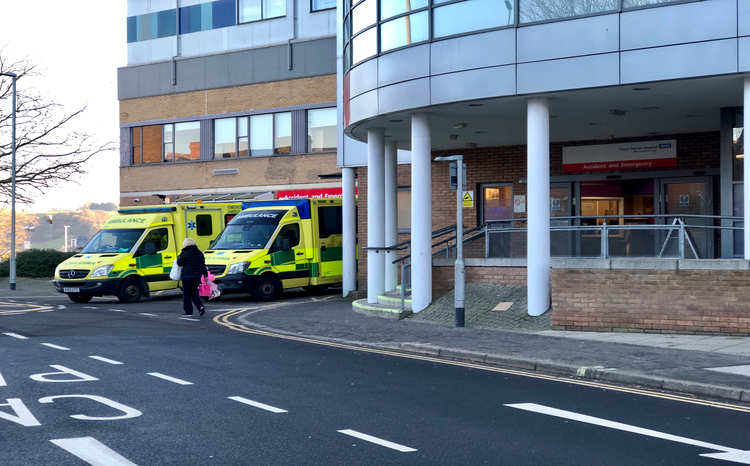Scarborough first with TPP record viewer
- 9 February 2012

Emergency physicians at Scarborough Hospital say introducing a GP clinical record viewer has been like “turning on a light."
Lead A&E consultant Dr Andy Volans says staff can barely remember how they coped before TPP’s new CRV went live on 25 January.
The viewer allows hospital clinicians to access a read-only view of the patient’s full electronic record held by a TPP practice. It is currently being used in A&E but will be rolled out to other departments.
Dr Volans said the viewer was especially useful when dealing with the area’s large nursing home population.
In the past, elderly patients would often arrive in A&E with no GP letter, nobody from the nursing home to explain why they were there, and unable to communicate their own medical conditions and medications.
“Consequently you’re working a bit blind, so we’re particularly targeting those patients so we know what the GP knows about them,” he explained.
Staff must use their role-based smartcards to access the viewer.
Admission, Discharge and Transfer (ADT) messaging is used to communicate between the CRV and the hospital’s patient administration system, which, at Scarborough, is iSoft’s iPM.
When a patient is registered on the PAS, a message is sent to the CRV, so the hospital can retrieve the patient’s SystmOne record, subject on their giving consent.
A template pulls down relevant information, including most recent acute illnesses, any chronic illnesses, acute drugs, blood pressure readings, and the last three attendances or clinical interactions with a GP.
Of those seriously ill, elderly patients, clinicians are able to access their record 70-80% of the time.
Prior to the CRV, about one in 50 of these patients would arrive with a GP letter explaining their conditions.
Dr Volans said there had been a few technical issues, which caused the system to run slowly at times: "But the general response is that it’s like turning on the light, you wonder how you coped without it.”
As an example, he told EHI Primary Care about the case of an elderly patient who was dying in hospital and could not advise doctors of her next of kin.
Her GP notes had contact details for relatives who were able to be with her when she died.
Access to the GP record also allows hospital staff to see what medication a patient is on, and whether prescriptions have been renewed.
Dr Volans said this was especially useful for the hospital pharmacy – where the viewer is going live next – as pharmacists often spend hours of every day chasing GP-held information to do drug reconciliation.
“I have already started thinking about where we should go next. I want to be able to write into the notes and send back to the GP,” he added.
The Scarborough A&E department handles 110-120 patients a day and doctors are viewing the patient’s record in about 50% of all cases.
Staff are also printing off a quick patient summary to attach to the patient’s ‘casualty card’, which moves around the hospital with them.
Nearly half of practices in the Scarborough area useSystmOne. TPP clinical director Dr John Parry said the Scarborough deployment would be the first of many CRV deployments this year.
TPP told EHI Primary Care that sites that are confirmed to deploy the CRV are Hull and East Yorkshire Hospitals NHS Trust, North Lincolnshire and Goole Hospitals NHS Foundation Trust, Sheffield Teaching Hospital NHS Foundation Trust, and United Lincolnshire Hospitals NHS Trust.




